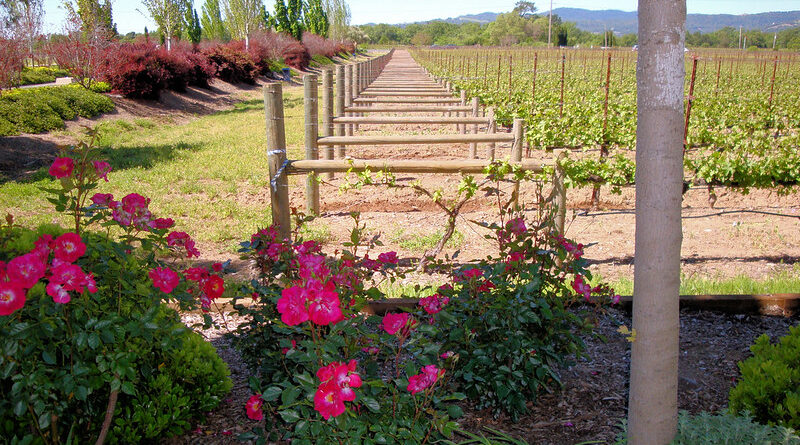The Persian Garden
The tradition and style of the Persian garden has influenced the design of gardens from Andulucia to India and beyond. The gardens of the Alhambra in Granada, Spain show the influence of the Persian paradise garden philosophy and style on Moorish palaces in the Iberian peninsula and in Moorish palaces in Morocco.
The Taj Mahal, in India, is one of the largest Persian Garden interpretations in the world, from the era of the Mughal Empire in India.
Persian gardens were enclosed spaces. The garden’s purpose was, and is, to provide a place for protected spiritual and leisurely relaxation.
Visual effects were an important factor of structural design in Persian gardens. Textures and shapes were specifically chosen to harness the light.
Iran’s dry heat makes shade important in gardens, which are nearly unusable without it. Trees and trellises provide shade; pavilions and walls are also structurally prominent in blocking the sun. The heat also makes water important, both in the design and maintenance of the garden. Irrigation may be required, and can be provided via a form of tunnel called a ‘qanat’, that transports water from a local aquifer. Well-like structures then connect to the qanat, enabling the drawing of water.
In ancient times, an animal-driven Persian well could also draw water to the surface. Such wheel systems also moved water around surface water systems. Trees were often planted in a ditch, which prevented water evaporation and allowed the water quick access to the tree roots.
The Persian garden often attempts to integrate indoors with outdoors through the connection of a surrounding garden with an inner courtyard. Designers often place architectural elements such as vaulted arches between the outer and interior areas to open up the divide between them.
Written by Ian Cross, edited by Kaz Bosali




